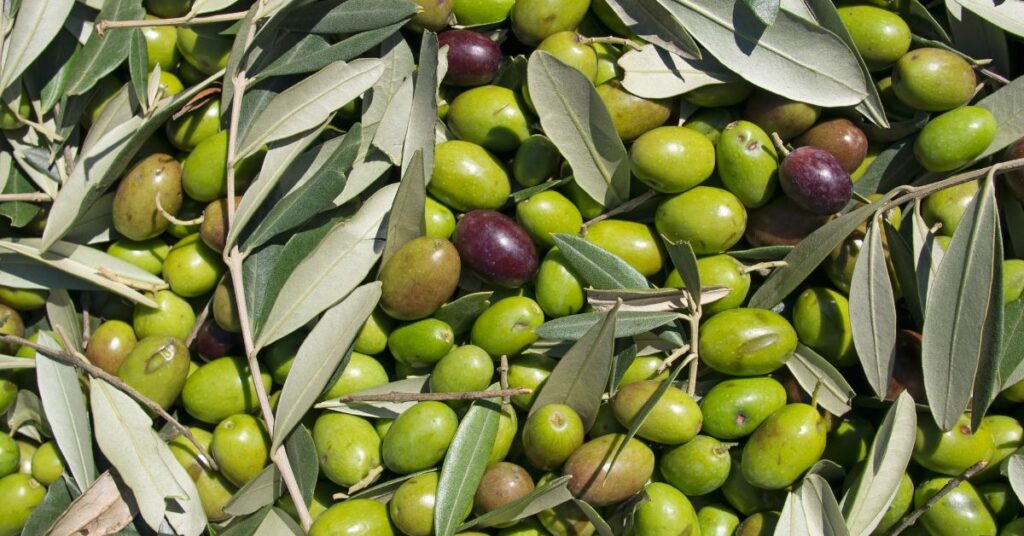
Olive Oil Prices Continue to Rise Rapidly

These days, those who enjoy Mediterranean cuisine may want to think twice before liberally pouring olive oil on their pasta, salads, and bread. Prices of this and other basic foodstuffs have been soaring recently.
In the European Union, overall inflation is considered high, yet olive oil has seen a 75% increase in price since January 2021. In Spain, the world’s largest olive oil producer, prices have gone up 53% since August 2021 and 115% since August 2020.
Potatoes have also seen a significant increase in price, with a 53% jump since January 2021. As wages have increased by only 11%, this rise in food costs is taking a major toll on poorer families who cannot easily absorb the price increases.
The European Trade Union Confederation has noted that these high prices are forcing more people to use food banks. Inflation in the EU fell to 2.9% in October, its lowest in two years, yet food inflation still stands at 7.5%.
High energy and labor costs, along with the impact of Russia’s war in Ukraine, are responsible for the sharp rise in grocery prices. The olive oil sector is facing its own set of challenges, such as a nearly two-year drought, higher temperatures, and increased fertilizer prices.
Spain’s Agriculture Ministry predicts that olive oil production for the 2023-24 campaign will be down by 35% compared to average production for the past four years.
In conclusion
Olive oil prices have been steadily increasing over the past few years, with no signs of slowing down. The demand for olive oil continues to rise, driving up the cost of production and pushing prices higher. Rising global temperatures and climatic changes have also contributed to the increased cost of production, further driving the price of olive oil up. Consumers have been hit hard by the skyrocketing prices, and it looks like they will remain high for the foreseeable future.
